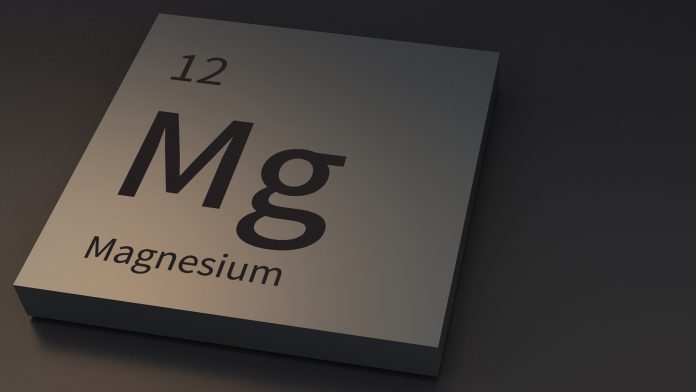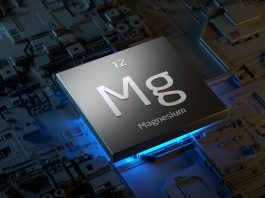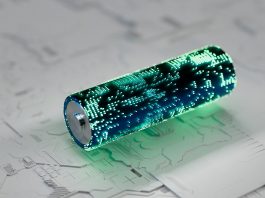Innovation News Network discusses the use of magnesium in the EV market and the hurdles that must be overcome for it to be implemented in the industry.
As we navigate the complexities of our evolving energy landscape, the potential role of magnesium in the electric vehicle (EV) market is a topic of increasing interest.
Magnesium, known for its light weight and strength, may provide a valuable alternative to lithium-based batteries, which currently dominate the EV industry. These lithium batteries, while effective, have been met with criticism due to their environmental impact and the geopolitical complexities of lithium mining.
The shift to magnesium could revolutionise the EV market, offering a less harmful and more abundant alternative.
However, several technical challenges need to be addressed before magnesium can be fully integrated into EV technology.
The question that now looms is: how can we overcome these challenges, and what would this mean for the future of electric vehicles?
Magnesium’s unique properties
Magnesium, often considered the lightest of all structural metals, possesses unique properties that make it a promising candidate for use in EVs. Its high strength-to-weight ratio, combined with good electrical and thermal conductivity, provides ideal characteristics for vehicle manufacturing.
Notably, magnesium’s light weight reduces the energy consumption of EVs, increasing their efficiency and driving range.
Moreover, magnesium is resistant to electromagnetic interference, a crucial feature for electronic systems in EVs. Its low density and high vibration dampening capacities also contribute to overall vehicle performance and safety.
Additionally, magnesium is abundant and easily recyclable, making it a sustainable choice. Therefore, the utilisation of magnesium could bring about significant advancements in EV technology.
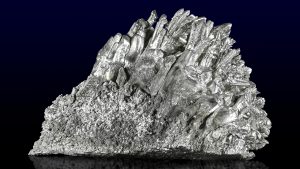
Current use of lithium in EVs
In the realm of EV production, lithium has emerged as a critical component, primarily due to its use in lithium-ion batteries that power these vehicles. Lithium is favoured for its high energy density and ability to hold charge for longer periods.
It also allows for quick recharging, a factor that has been instrumental in the widespread adoption of EVs.
However, despite its advantages, there are concerns about lithium’s environmental impact and sustainability, given the finite nature of lithium reserves.
The environmental impact of magnesium
As we shift our focus to magnesium, it’s important to consider its environmental implications in the context of EV production.
Magnesium, being the eighth most abundant element on Earth, presents a potentially less harmful alternative to lithium. Its extraction process, predominantly from seawater and brine, has a lower environmental impact compared to mining-based lithium extraction.
Also, magnesium’s high recyclability factor contributes to its eco-friendly status. Yet, it’s far from perfect; the processing of magnesium often involves the use of SF6, a potent greenhouse gas.
Hence, while magnesium’s abundant supply and recyclability make it a promising candidate for EV batteries, attention needs to be given to mitigating the environmental concerns associated with its processing.
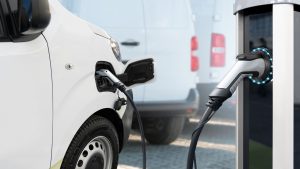
Potential magnesium applications in the EV market
While acknowledging the environmental aspects of magnesium use, it becomes imperative to explore its potential applications in the realm of electric vehicles.
Magnesium, being a lightweight metal, can significantly reduce vehicle weight, thereby enhancing energy efficiency.
It’s also used in producing battery components, with researchers noting its potential in magnesium-ion batteries, which could offer a higher energy density than traditional lithium-ion batteries.
Magnesium alloys, boasting superior strength and durability, are ideal for structural components, improving vehicle safety without compromising on weight. Its high thermal conductivity also makes it a potential material for heat dissipation systems.
These applications, coupled with magnesium’s environmental benefits, render it a promising contender in the evolving EV market.
Challenges and solutions in magnesium utilisation
Despite the promising potential of magnesium in the EV market, several challenges hinder its widespread utilisation, necessitating innovative solutions. Primary among these challenges are magnesium’s high reactivity and susceptibility to corrosion, which can lead to premature failure of components.
Additionally, the extraction and processing of magnesium are energy-intensive, contributing to high production costs. To overcome these hurdles, researchers are developing anti-corrosion coatings and exploring more efficient extraction methods.
The use of nanotechnology is also being considered to improve the strength and durability of magnesium-based components. These solutions aim to capitalise on magnesium’s advantages, including its light weight and high strength-to-weight ratio, to revolutionise the EV market.

